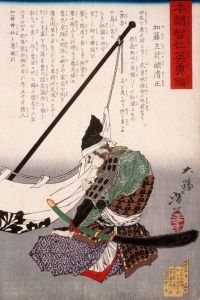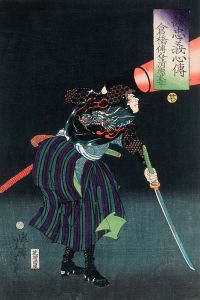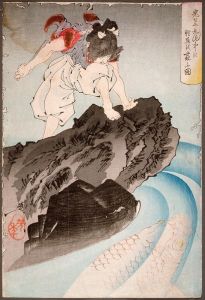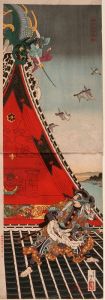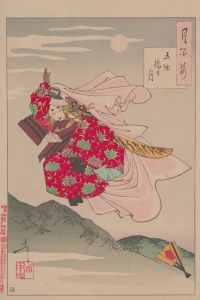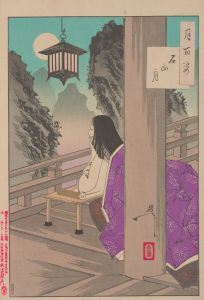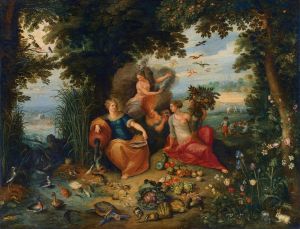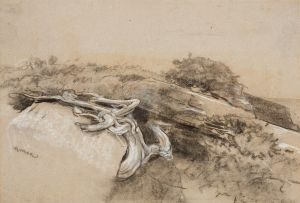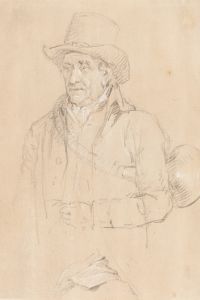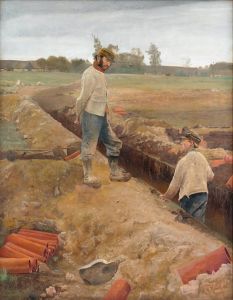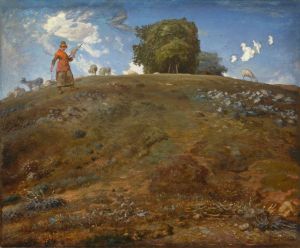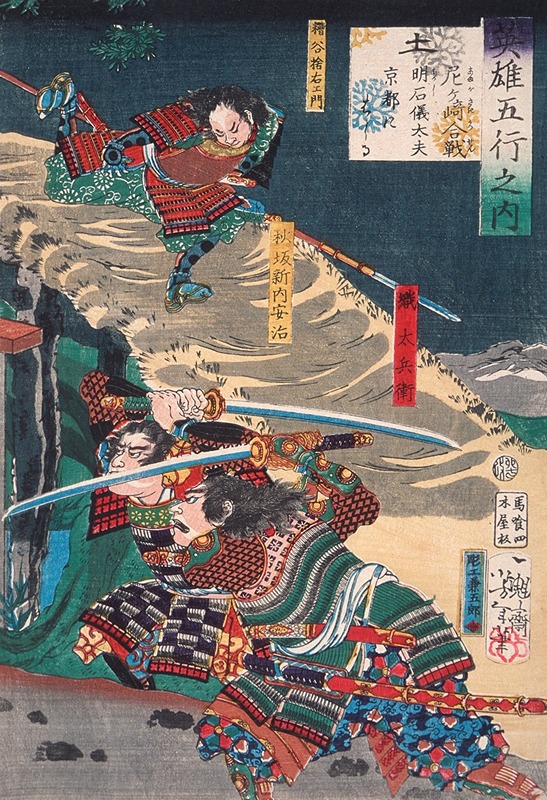
Earth; Akashi Gidayū Races to Kyoto during the Battle of Amagasaki
A hand-painted replica of Tsukioka Yoshitoshi’s masterpiece Earth; Akashi Gidayū Races to Kyoto during the Battle of Amagasaki, meticulously crafted by professional artists to capture the true essence of the original. Each piece is created with museum-quality canvas and rare mineral pigments, carefully painted by experienced artists with delicate brushstrokes and rich, layered colors to perfectly recreate the texture of the original artwork. Unlike machine-printed reproductions, this hand-painted version brings the painting to life, infused with the artist’s emotions and skill in every stroke. Whether for personal collection or home decoration, it instantly elevates the artistic atmosphere of any space.
"Earth; Akashi Gidayū Races to Kyoto during the Battle of Amagasaki" is a woodblock print by the renowned Japanese artist Tsukioka Yoshitoshi. Yoshitoshi, who lived from 1839 to 1892, is often celebrated as one of the last great masters of the ukiyo-e genre of woodblock printing and painting. His works are known for their dramatic intensity, innovative compositions, and vivid depictions of historical and supernatural themes.
This particular print is part of Yoshitoshi's series "Tsuki hyakushi" (One Hundred Aspects of the Moon), which he created between 1885 and 1892. The series consists of 100 prints, each featuring a different scene or character associated with the moon, often drawing from Japanese history, literature, and folklore.
"Earth; Akashi Gidayū Races to Kyoto during the Battle of Amagasaki" depicts a historical event from the Sengoku period, a time of social upheaval, political intrigue, and near-constant military conflict in Japan, which lasted from the mid-15th century to the early 17th century. The Battle of Amagasaki took place in 1578, during the larger conflict known as the Sengoku Jidai or Warring States period.
The central figure in the print, Akashi Gidayū, was a samurai who served under the warlord Oda Nobunaga, one of the most powerful and influential figures of the period. The print captures a moment of intense urgency and determination as Gidayū races towards Kyoto, the imperial capital, to deliver crucial information or orders. The sense of motion and speed is conveyed through the dynamic composition and the flowing lines of Gidayū's garments and the horse's mane and tail.
Yoshitoshi's use of color and line work in this print exemplifies his mastery of the woodblock printing technique. The rich, earthy tones and the meticulous attention to detail in the depiction of the samurai's armor and the horse's musculature create a vivid and lifelike image. The moon, a recurring motif in the series, is subtly integrated into the background, adding a layer of symbolism and atmosphere to the scene.
The "Tsuki hyakushi" series, including this print, is highly regarded for its artistic quality and historical significance. Yoshitoshi's work provides a window into the cultural and historical context of late 19th-century Japan, as well as a reflection of the artist's own experiences and perspectives during a time of rapid modernization and change.
In summary, "Earth; Akashi Gidayū Races to Kyoto during the Battle of Amagasaki" by Tsukioka Yoshitoshi is a notable example of the artist's skill and creativity. It captures a dramatic moment from Japanese history with a combination of historical accuracy, artistic innovation, and emotional depth, making it a valuable piece in the study of ukiyo-e and Japanese art history.






